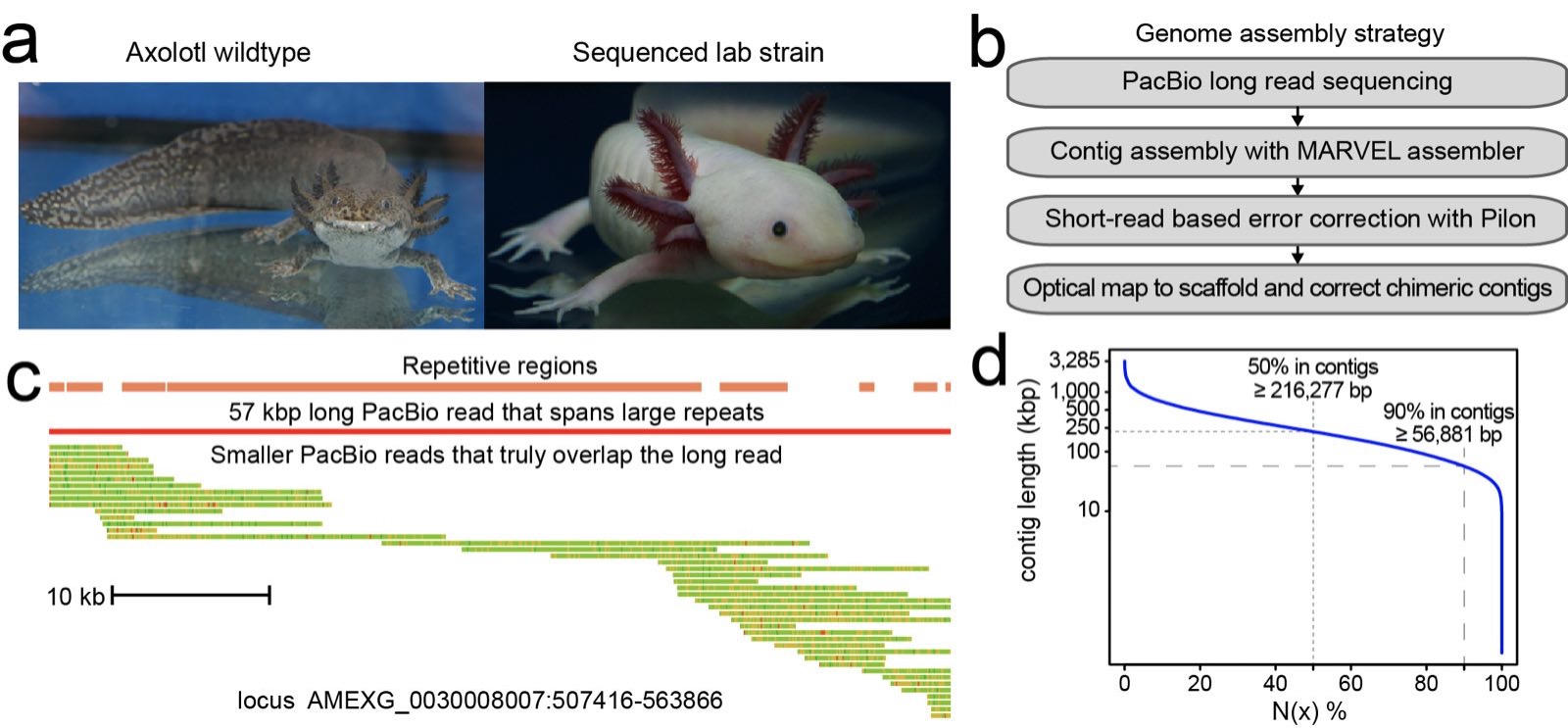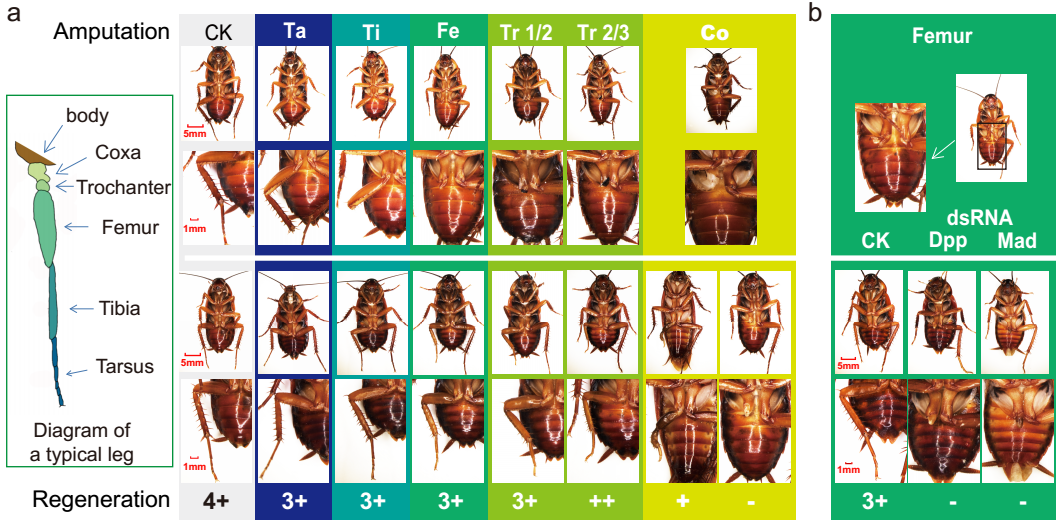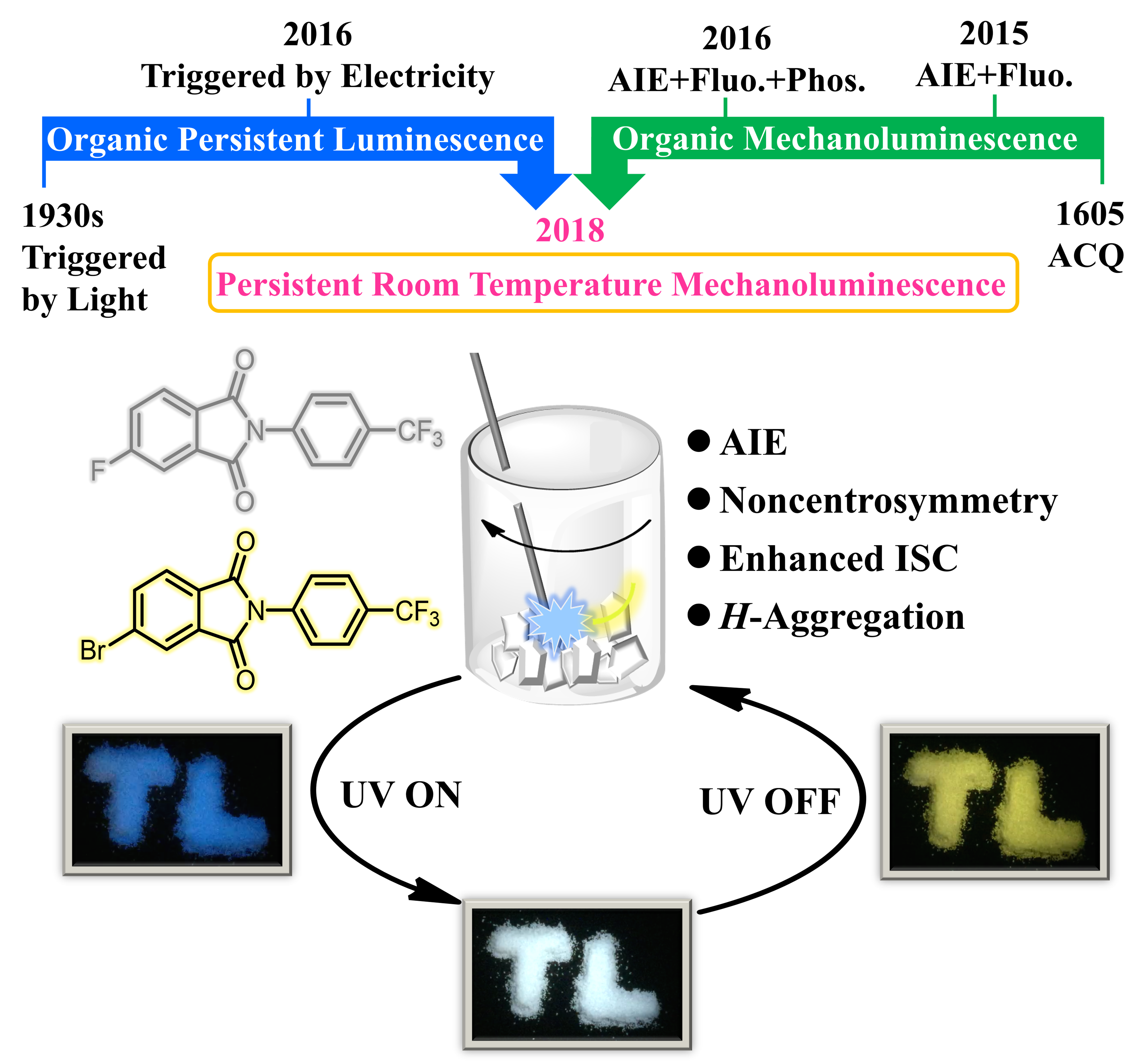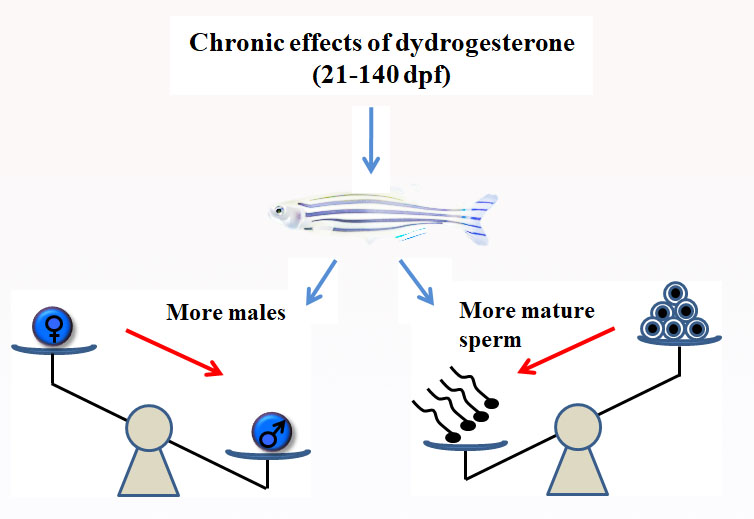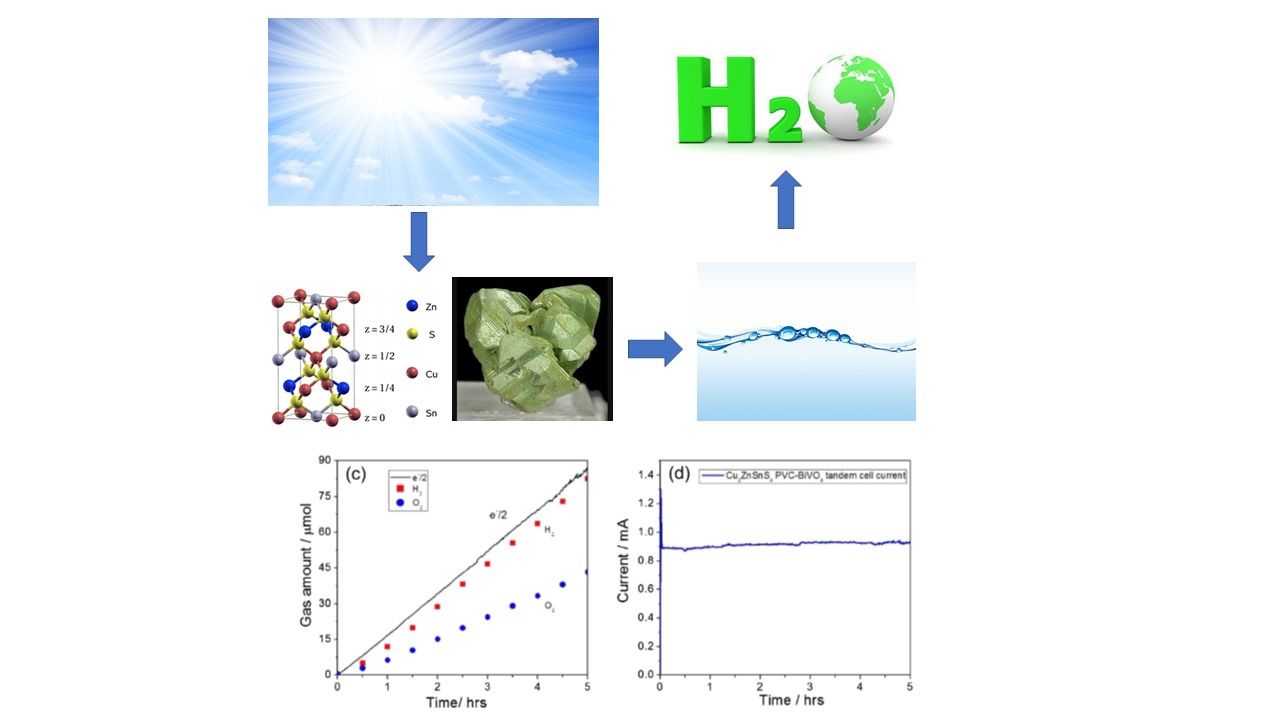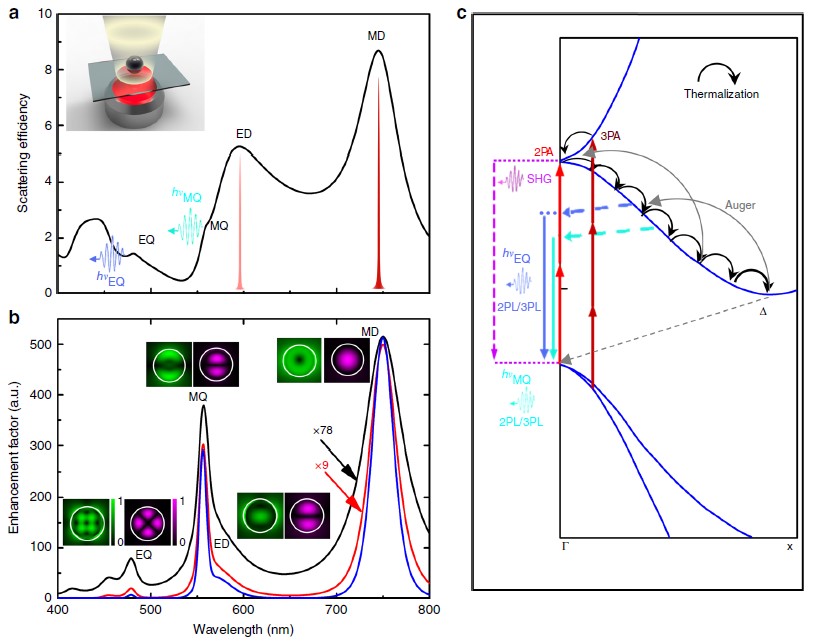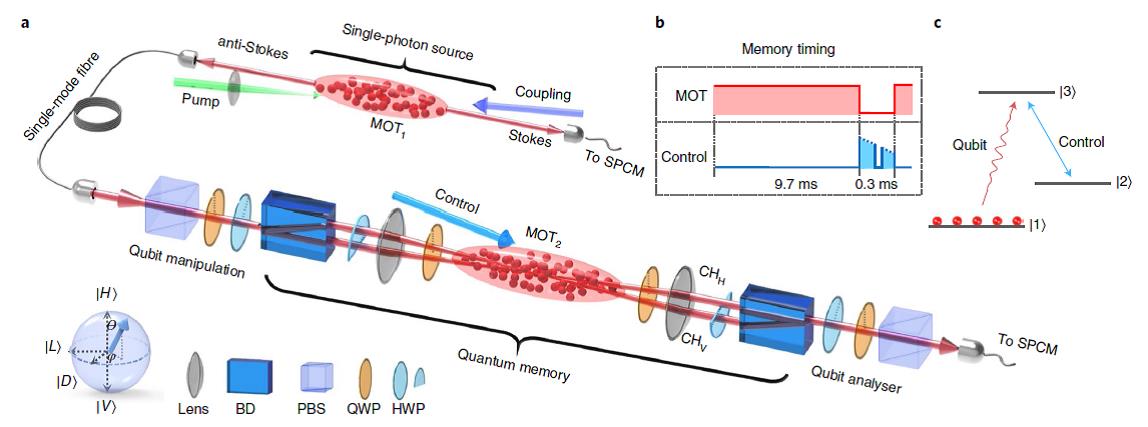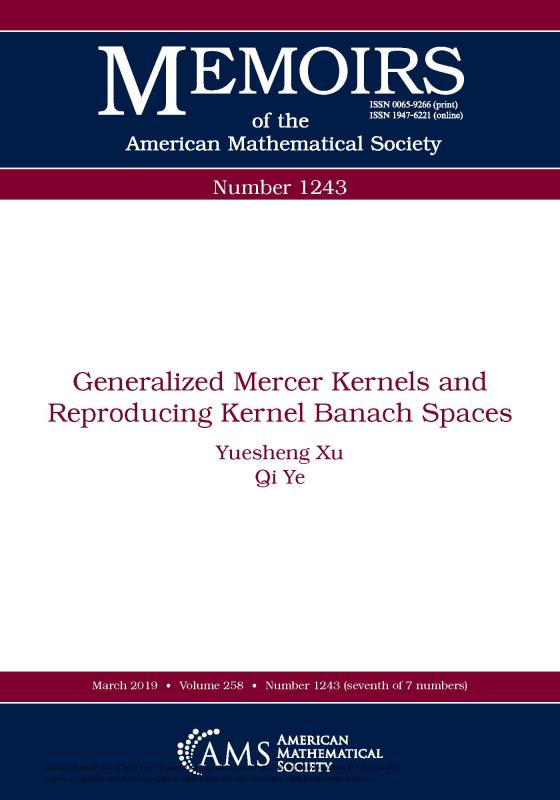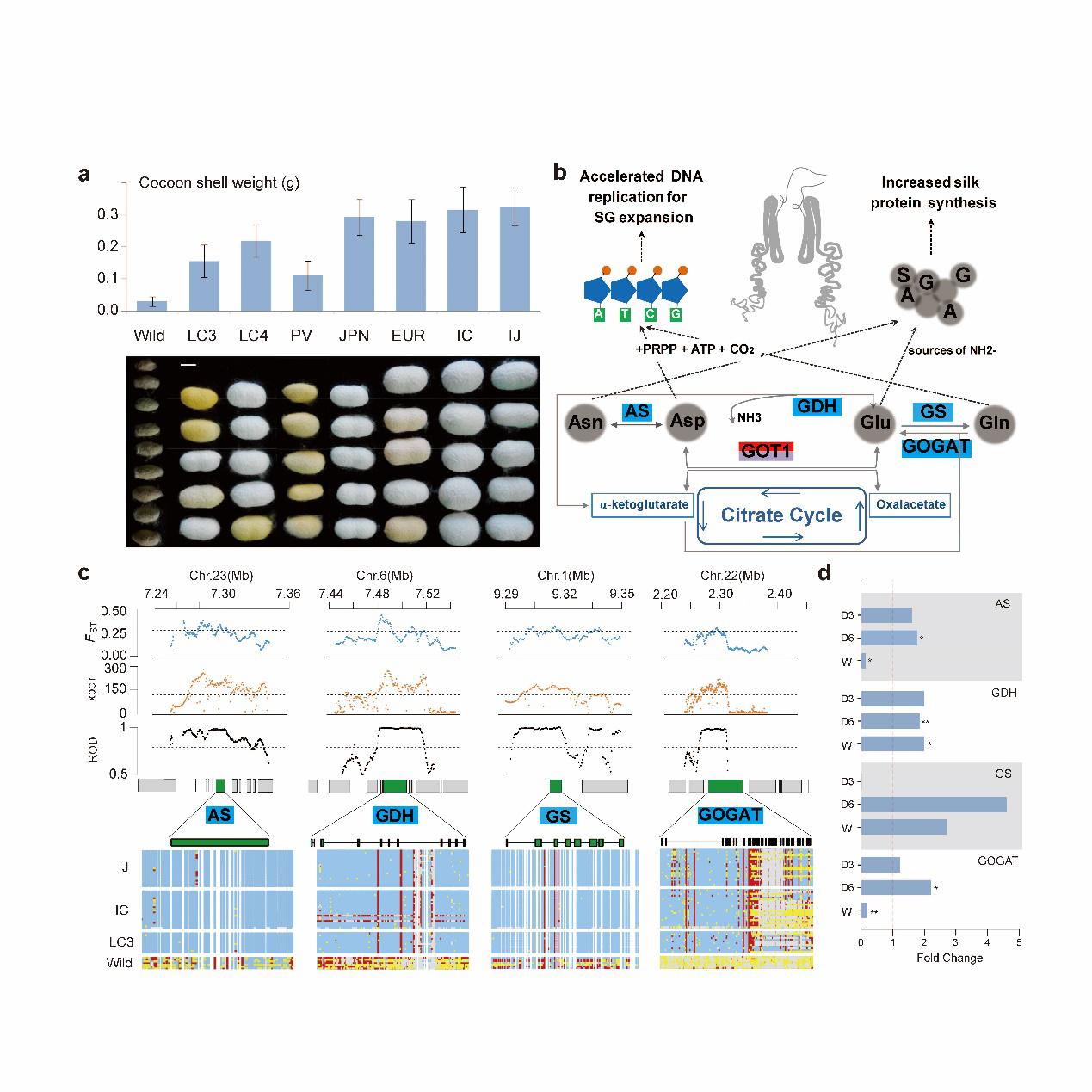
Likes
The research paper titled “The evolutionary road from wild moth to domestic silkworm” by Professor Xiang Hui from the SCNU School of Life Sciences was published in Nature Ecology and Evolution on 2 July.
The ancient Silk Road was the main transportation route for economic and cultural exchanges linking China and the West. It is named after the most prized commodity that was traded, namely silk. In a a microscopic analysis of the biology of the silk worm, the study collected 137 different varieties of domestic silkworms from China, Europe, Japan and India for analysis, concluding that silkworms were domesticated from their ancestral wild moths 5,000 years ago. The study found that domestic silkworms have spread across the ancient Silk Road route connecting China, South Asia and Europe for many times, and subsequently developed into unique varieties in China and Japan.

Professor Xiang Hui published important results in the journal Nature Ecology and Evolution.
This study further analyzed the large-scale genomic polymorphism data of representative strains of domestic silkworms and wild moths, and illustrates the process of domestication of silkworms evolving from wild moths through systematic population genetics and group dynamic analysis. Studies have confirmed that domestic silkworms originated from Chinese wild moths. The local species of silkworms diverged at a relatively early stage, and then, with the expansion of Silk Road, developed into the majority of other local varieties. Finally, the improved species came into being in the modern breeding process. Through artificial selection signal analysis, we found that nitrogen nutrition, especially amino acid metabolism, played an important role in the increase of the amount of silk in the evolution of domestic silkworms,. The rhythm gene of their biological clock has certain influence on the domestication and local adaptability of silkworms. Owing to large-scale genomic data resources, the study has also applied genome-wide joint analysis (GWAS) to locating the important traits of silkworms for the first time, and proved the feasibility and scientificity of the method, and successfully located some important resistant sites. This study provided a comprehensive and systematic data resource and reference basis for the research of silkworm breeding and functional genomics. In addition, the important findings in this study provided important clues for further research on silk biology and rhythmic molecular mechanisms as well.
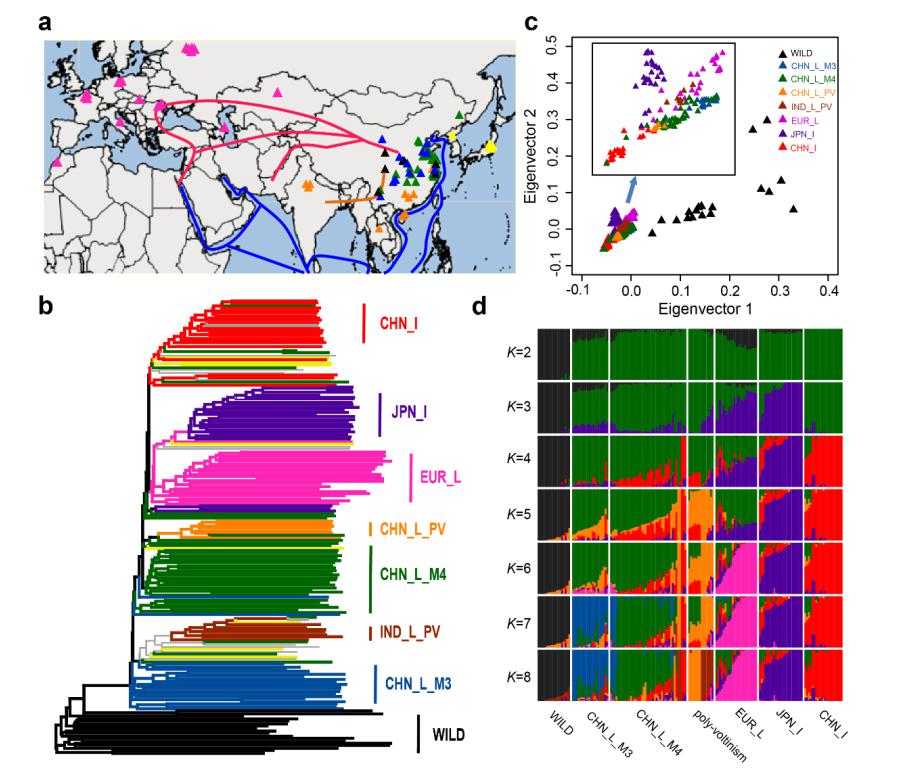 The evolutionary road from wild moth to domestic silkworm
The evolutionary road from wild moth to domestic silkworm
Lasting for four years, the study has been an important achievement of joint research by several research groups. Based at South China Normal University (SCNU), the paper was co-written by Professor Xiang Hui from the SCNU School of Life Sciences, Liu Xiaojing, doctoral student from the Shanghai Institute of Plant Physiology and Ecology, and Li Muwang, researcher at Jiangsu University of Science and Technology. Researcher Zhan Shuai of the Shanghai Institute for Biological Sciences, Chinese Academy of Science (CAS), researcher Wang Wen of the Kunming Institute of Zoology, CAS and researcher Xu Anying of Jiangsu University of Science and Technology are co-authors of the paper. "Nature Ecology and Evolution" was first published in 2016 by the Nature Publishing Group, mainly focusing on major innovative research results in the fields of ecology and evolution.
The research findings were funded by the "973 Program" from the Ministry of Science and Technology and the National Natural Science Foundation of China.
Source from School of Life Sciences
Translated by Li Jianru
Proofread by Edwin Baak
What to read next:
